DC Comics is trying something new. In the wake of their Rebirth initiative, the publisher has rapidly expanded its content to include diverse new imprints such as Young Animal, Wildstorm, Wonder Comics, Black Label, Ink, and Zoom. As their lineup expands, it can be hard to figure out what to pick up each week. That’s what our team is here to help with, every Wednesday, with the DC Round-Up!
THIS WEEK: Action Comics showcases the power of building out rather than in.
Note: the reviews below contain spoilers. If you want a quick, spoiler-free buy/pass recommendation on the comics in question, check out the bottom of the article for our final verdict.
 Action Comics #1005
Action Comics #1005
Writer: Brian Michael Bendis
Artist: Ryan Sook
Colorist: Brad Anderson
Letterer: Josh Reed
When Bendis first announced his plans at DC, I balked. The idea that he would be writing multiple Superman stories on top of his Jinxworld imprint and various other projects seemed like an impossibly large amount of monthly work (all credit to Jeff Lemire, who somehow manages to do even more than the impossible). Looking at the Superman lineup now, however, I’ve gotta give Bendis credit– he’s really reinvigorated this section of the DC Universe.
To me, Bendis’ success on Superman is attributable to two factors. Firstly, the titles released so far have distinct flavors. If you want classic explosive action, you read Superman. If you’re more interested in character drama, you have Action Comics (don’t ask me why the former story isn’t being told under the latter title (it’s a marketing move)). And while the latter certainly appeals to me more than the former, from a purely critical perspective he’s executing upon these respective concepts as well as can be expected.
Secondly, and this point relates to Action Comics specifically– it’s clear to me that Bendis understands the core restriction behind superhero comics: that they can’t change. As Batman’s recent “todger turmoil” reminds us, the biggest superheroes are as much marketing tools and cultural symbols as they are characters, living and growing in a fictional world. That means that, as much as these characters need to be able to grow and change in order to function in the context of a story, they can’t grow too much or change permanently. Batman can “die”– but not forever. Hal Jordan or various Flashes might actually die, but they’ll always come back eventually. For the leads in these books, everything always goes back to zero. So, assuming you’re not into the idea of running on a narrative treadmill forever, why read superhero comics?
For the secondary characters, of course.
They’re the ones that can grow and change. They’re expendable to the brand that is DC– at least more so than the major characters selling lunchboxes– so there’s room to let them grow. There’s room to let them change or even die. There are stakes. And that’s what Bendis and the rest of the Action Comics creative team have built in this street level Superman story– a cast of secondary characters revolving around Superman and Lois Lane that you can empathize with as their personalities and motivations are revealed to us and as they themselves grow for real (or at least, one hopes).
You have the Invisible Mafia, a group of criminals who’ve developed a complicated system that allows them to escape Superman’s notice while committing illegal acts with Metropolis. In conceit, they’re interesting for similar reasons that the Court of Owls were interesting when Scott Snyder and Greg Capullo introduced them to Batman’s world. The Invisible Mafia unmoors Superman’s sense of ownership over Metropolis and we as readers are grasped by the questions of how they have managed to avoid detection and why they would choose to take such a big risk by operating in Metropolis instead of setting up shop elsewhere.
You have Melody Moore, the new Deputy Chief of the Metropolis Fire Department. Initially introduced as something of an antagonist to Superman after he was accused of setting a rash of fires around the city, she has now also started to develop a kindly rapport with Superman’s alter ego, Clark Kent, after she comes to him in confidence about a political situation she was unprepared to handle. Through her conversation with Clark in Action #1005, we get to see someone who is generally good-hearted being pulled into a world where peoples’ motivations and allegiances aren’t nearly as clear as Superman’s stated commitment to truth, justice, and the American Way.
Finally, you have Trish Q and Robinson Goode, new reporters at the Daily Planet who are each hoping to make a mark on the city, nipping at Clark’s and Superman’s heels in the process– sometimes in extremely unexpected ways. They’re interesting not just because we don’t yet fully understand their characters’ motivations, but because they pose a challenge to Clark rather than Superman (though that may no longer be explicitly true for one of them). They’re a problem that the Man of Steel can’t simply punch away, no matter how hard he tries.
In sum, you have an Action Comics that revolves around Superman but isn’t purely about him. The creative team of this book has crafted a story that allows the Man of Steel to maintain his status in a snowglobe while simultaneously allowing the snowglobe itself to shift and evolve in compelling ways.
Superman hasn’t been this fun in a long time.
Verdict: Buy
 Round-Up
Round-Up
- Heroes in Crisis #3 feels more like a character-driven interlude rather than a plot-driven installment. For the most part, it serves to give the reader an individualized look at why certain heroes decided to come to Sanctuary and provides a window into how the center itself functioned before being decimated at the start of this series. It certainly humanizes and specifies the stakes of this storyline more, but I still can’t help but shake the feeling that Heroes in Crisis wasn’t originally intentioned to have this wide of a scope to begin with. Jury’s still out on this one, though I will say that for what it is, the book is well written and drawn.
- Wonder Woman #59 continues G. Willow Wilson’s debut arc with the Amazonian warrior. The conceit that Wilson and the rest of the creative team have decided to explore here is compelling– examining the malleability and relative nature of justice as she finds herself both aligned with and against Ares, who has died and been reincarnated with a new stated goal of serving justice like Wonder Woman does– but with a distinctly different perspective on what justice entails.
Miss any of our earlier reviews? Check out our full archive!


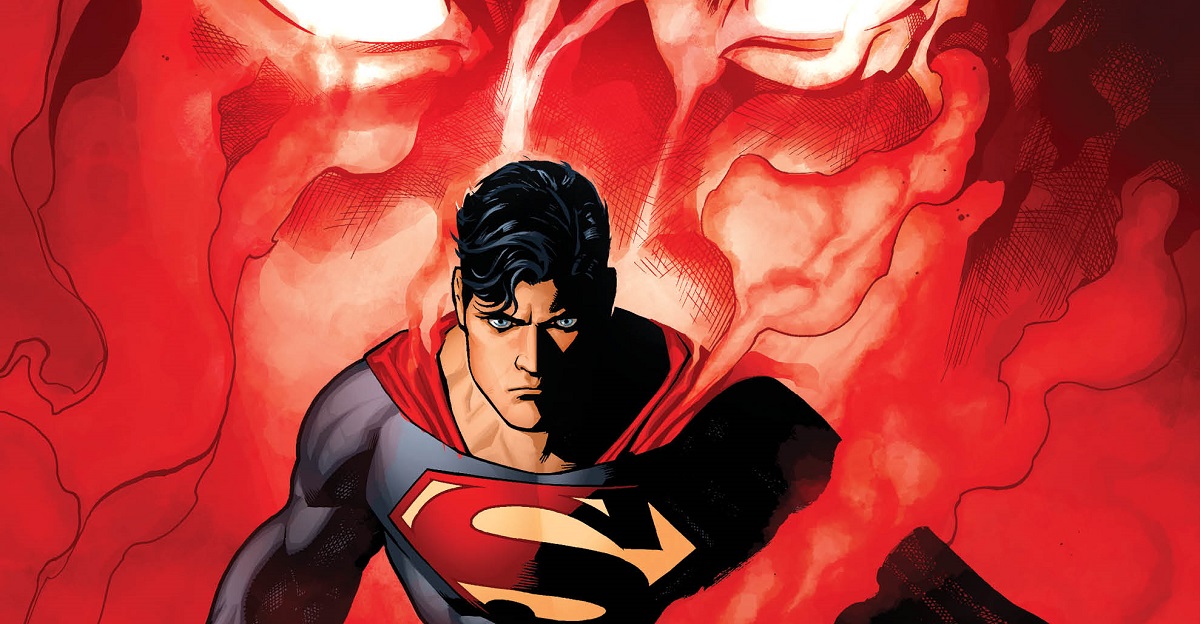
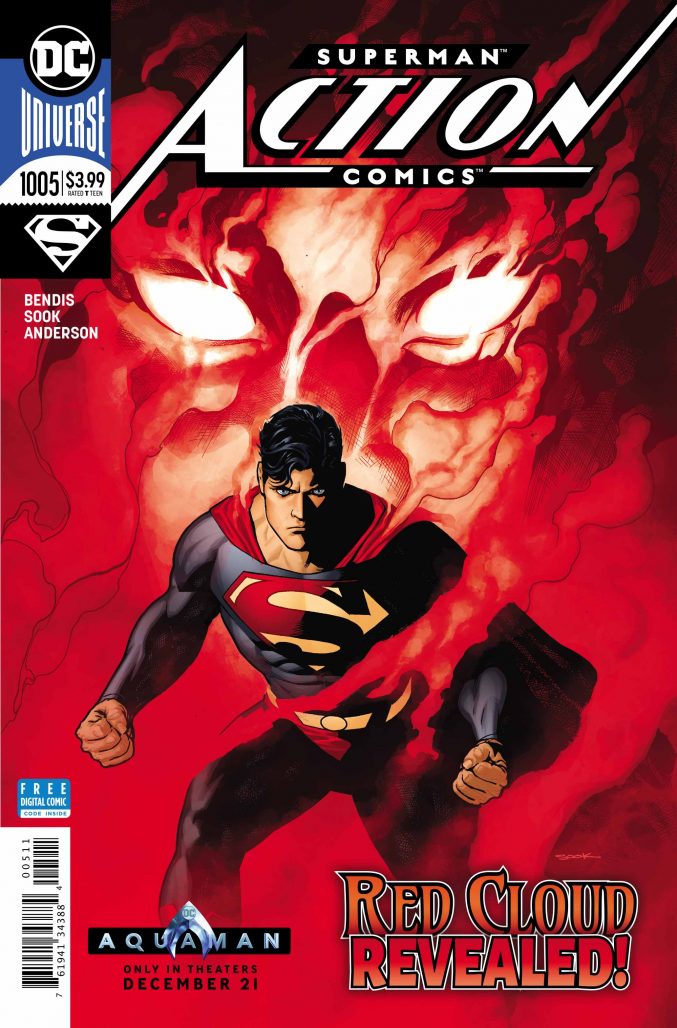
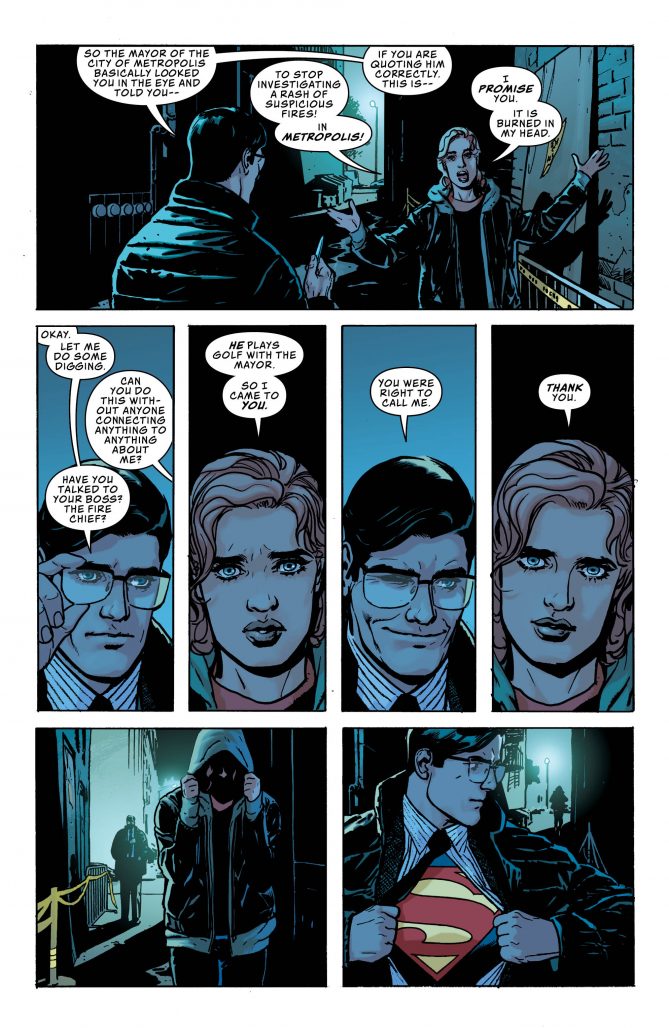
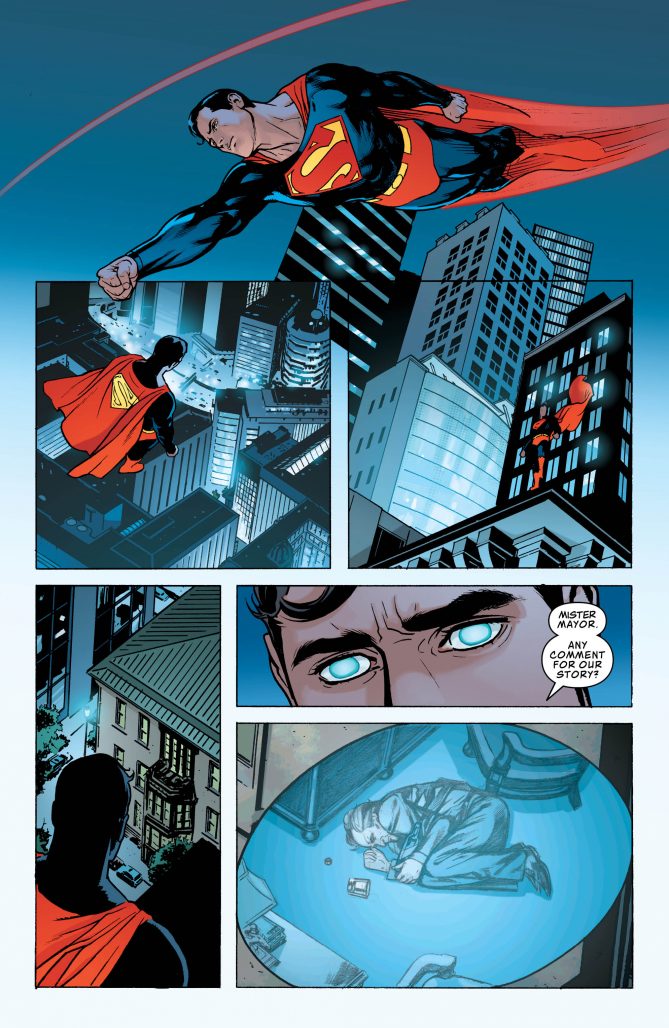
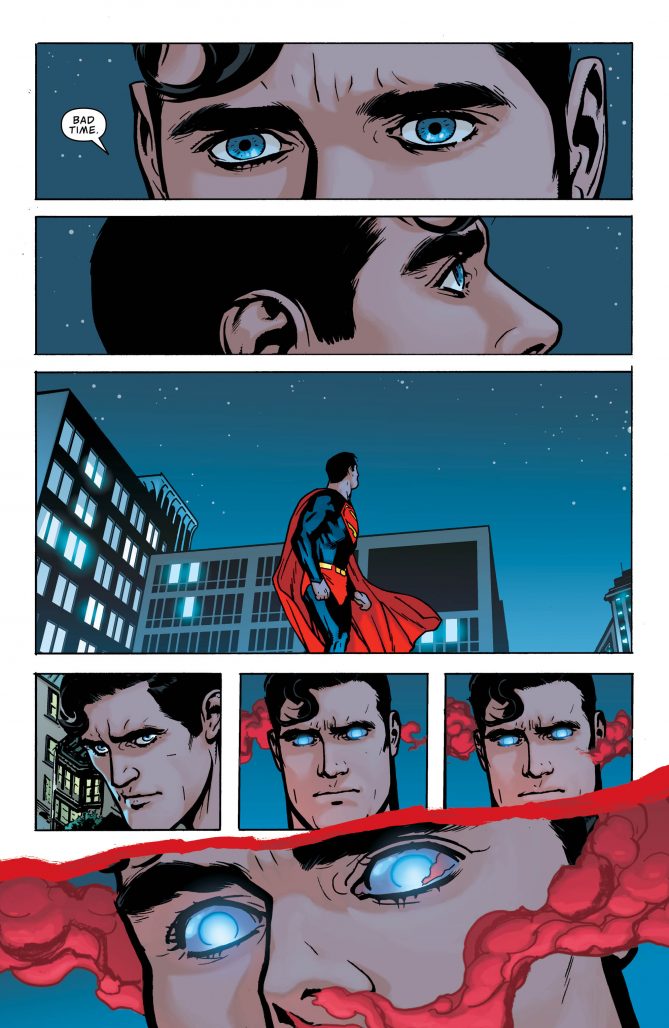
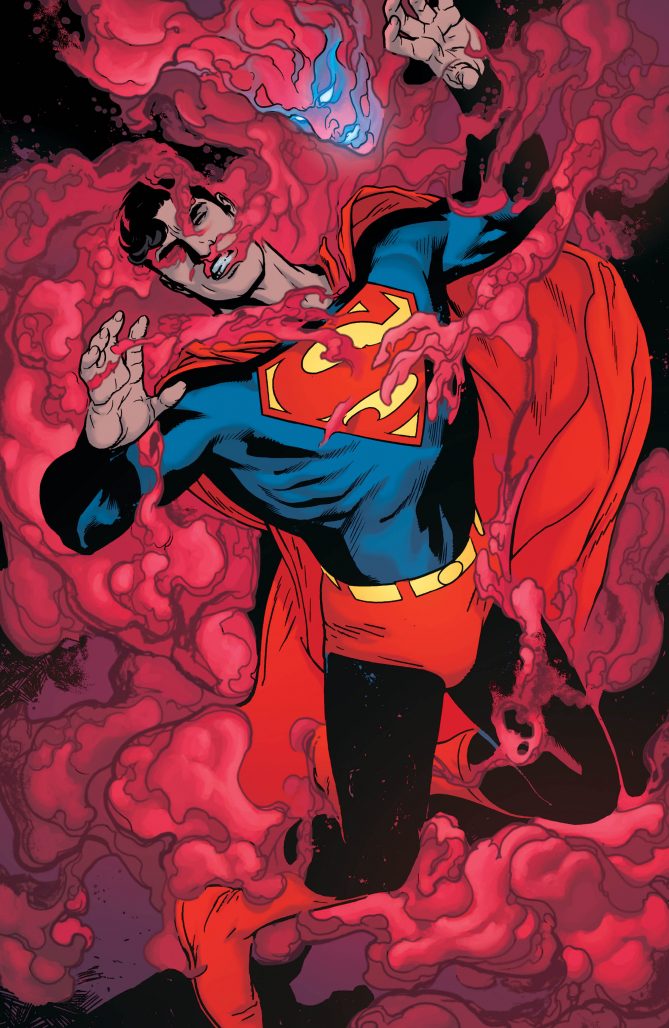
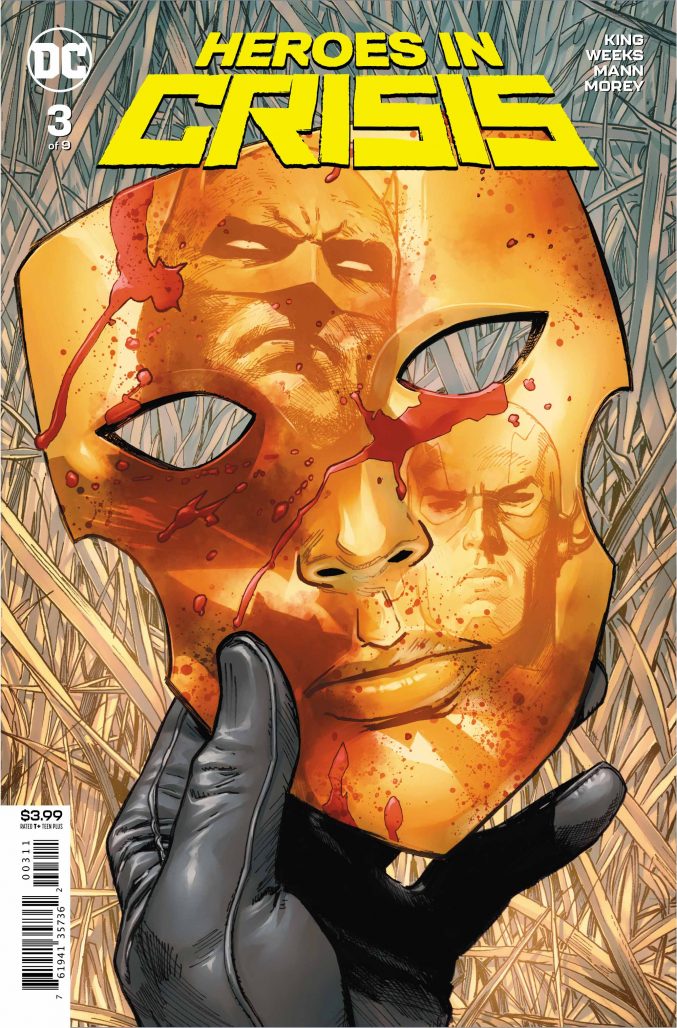



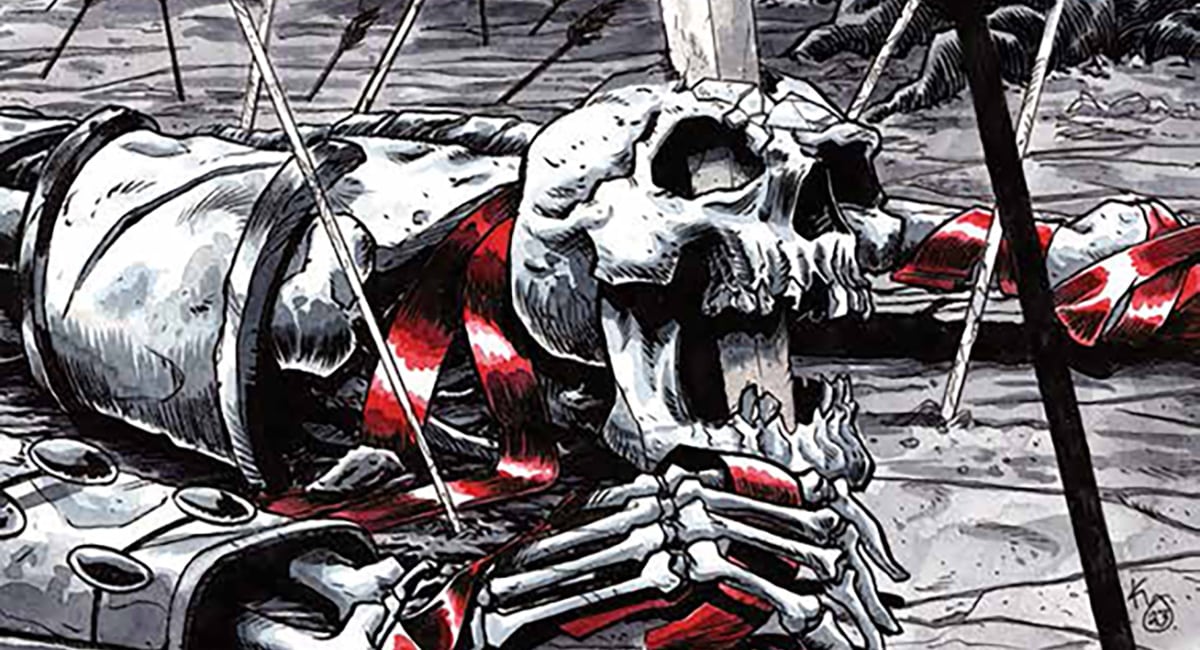



AS LONG AS BENDIS IS DOING IT, I AIN’T BUYING IT! HE’S ALREADY TORN DOWN WHAT EVERYBODY MADE TO SUIT HIS AGENDA.
Comments are closed.